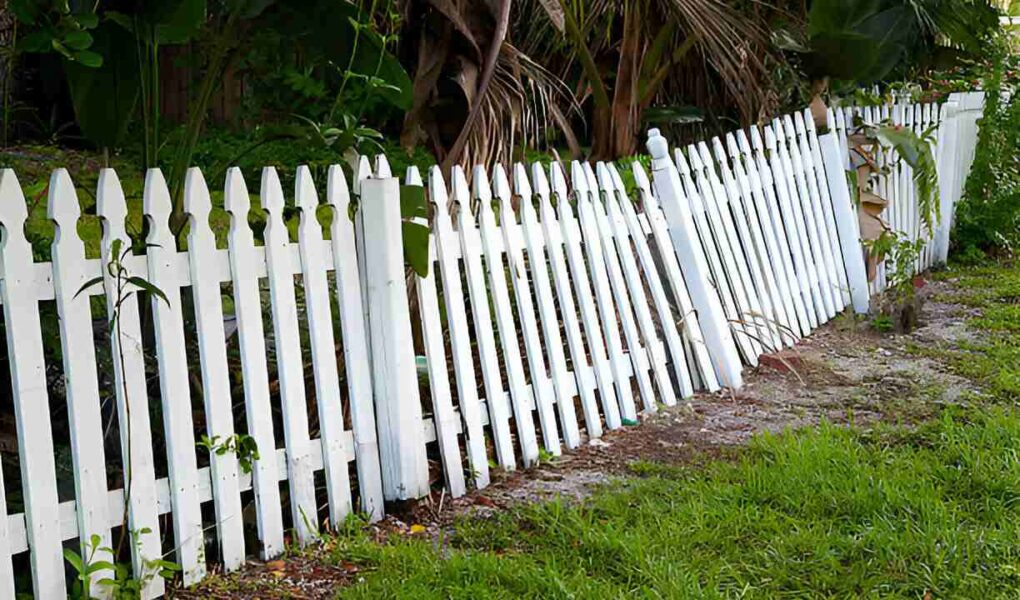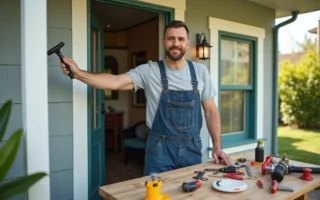Your backyard fence serves multiple purposes, from providing privacy and security to enhancing your property’s aesthetic appeal. However, like all outdoor structures, fences have a limited lifespan and eventually require replacement.
Recognizing the signs that your fence has reached the end of its useful life is crucial for maintaining your property’s value and functionality. This blog post will explore five key indicators that it’s time to invest in a new backyard fence.
Visible Rot and Decay
Wood rot is a clear sign that your fence’s structural integrity is compromised. Look for soft, crumbling wood, especially near the ground where moisture tends to accumulate. If you notice multiple boards or posts affected by rot, it’s likely that the damage is widespread.
Decay can spread quickly, weakening your entire fence and potentially creating safety hazards. While small areas of rot can sometimes be repaired, extensive decay usually indicates that a full replacement is necessary. Don’t wait until your fence collapses – address this issue promptly to maintain your property’s security and appearance.
Leaning or Sagging Sections
A fence that’s leaning or sagging is no longer providing adequate support or security. This issue can be caused by various factors, including soil erosion, strong winds, or simply the natural aging of materials. If you notice sections of your fence tilting or drooping, it’s a sign that the structural integrity is failing.
While minor leaning might be fixable by reinforcing posts, widespread tilting often indicates more serious problems. A new fence installation ensures proper alignment and stability, restoring both function and aesthetics to your backyard perimeter.
Extensive Damage or Missing Pieces
Fences with numerous broken boards, large holes, or missing sections are prime candidates for replacement. These issues not only detract from your property’s appearance but also compromise security and privacy. Patching up extensive damage can be costly and often results in an unsightly, patchwork appearance.
If more than 20-25% of your fence shows significant damage, it’s usually more cost-effective to replace the entire structure. A new fence provides a uniform look and ensures consistent protection around your property.
Fading Color and Persistent Stains
While cosmetic issues alone may not necessitate replacement, they can be indicators of underlying problems. Severe fading, persistent stains, or peeling paint can signal that your fence’s protective coating has broken down. This leaves the material vulnerable to moisture damage and decay.
If repainting or restaining no longer restores your fence’s appearance, it might be time for a replacement. Modern fencing materials often offer improved color retention and resistance to environmental staining, providing a longer-lasting aesthetic appeal.
Frequent and Costly Repairs
If you find yourself constantly repairing your fence or replacing individual components, it’s a sign that the overall structure is failing. These recurring issues not only drain your time and money but also indicate that your fence is past its prime. Keep track of your repair expenses over time.
When the cost and frequency of repairs approach the price of a new fence installation, it’s time to consider replacement. A new fence offers improved durability, reduced maintenance needs, and often comes with a warranty, providing better long-term value for your investment.
Conclusion
Recognizing these signs early can help you make an informed decision about replacing your backyard fence. While minor issues can often be repaired, extensive damage, structural problems, or constant maintenance needs typically signal that it’s time for a new fence.
By investing in a replacement, you’ll enhance your property’s security, privacy, and curb appeal. Remember, a well-maintained fence not only protects your property but also adds value to your home. Don’t wait until your fence becomes a liability – assess its condition regularly and be prepared to replace it when necessary.




